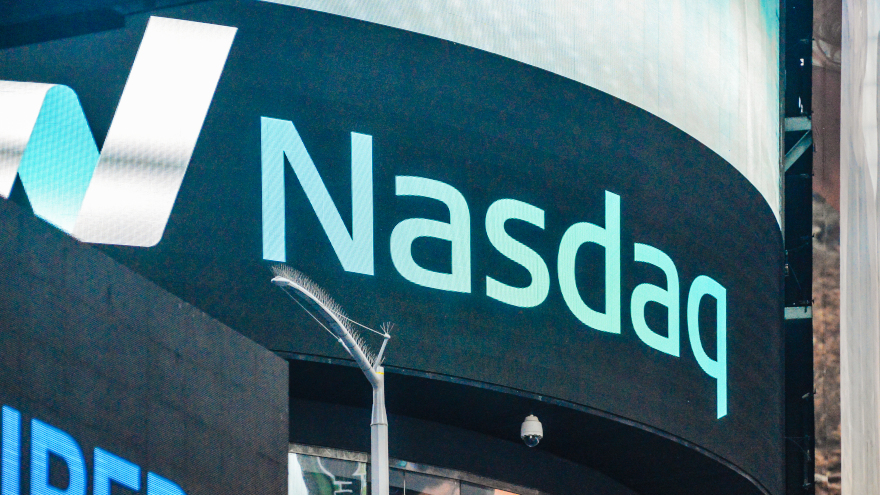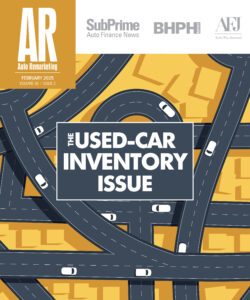IPO during pandemic? Timing turned out right for Vroom

Photo credit: Goran Vrhovac / Shutterstock.com. Vroom's shares of common stock began trading on the Nasdaq Global Select Market on Tuesday.
On the surface, launching an initial public offering during a pandemic, with entire markets and industries only just beginning to restart, may seem like a head-scratcher.
But for an ecommerce company in an asset-heavy, traditionally brick-and-mortar-based industry like automotive retail, it might make total sense.
It did for Vroom this week.
On Monday, the online auto retailer announced the 21.25 million shares of its common stock in the IPO were being priced at $22 per share.
Those shares started trading on the Nasdaq Global Select Market on Tuesday and closed at $47.90 per share. Wednesday, they closed at $49.99 per share.
'Exciting and unusual' & all-digital
Auto Remarketing caught up with Vroom chief financial officer Dave Jones by phone on Tuesday just before the market closed.
“It’s been exciting,” he said of the whirlwind IPO process, adding with a laugh: “And unusual.”
In fact, the whole process was digital — which is actually kind of appropriate, given Vroom’s ecommerce model.
Everything from “testing the waters” and meetings to the road show and the market bell-ringing Tuesday was virtual, Jones said.
Beyond those unique all-digital steps, you might expect that an IPO during a pandemic would have challenges that a company might not face otherwise. But for Vroom, it actually pushed up the offering’s timeline.
“It’s interesting. The pandemic has actually accelerated everything for us. So, we really saw this as kind of an opportunistic time to get out into the public market. The recognition, I think, of our business model is accelerating,” Jones said.
He points to a Cox Automotive study indicating consumer openness to buying a car online nearly doubling from pre-COVID levels to post-COVID levels.
Such acceptance of online car-buying presented a “unique opportunity for our model,” Jones said.
“Carvana’s been having tremendous success in their business,” he said, citing Vroom’s competitor that went public in 2017. “In fact, in the middle of the pandemic, March and April wound up being the two highest-selling ecommerce months in our history. So, we’ve leaned into this.
“Now, having said that, in mid-March we saw the slowdown in demand in our data — which, we’re really driven by data — and when we started to see that, we made a very conscious decision to try and reduce our exposure to inventory,” Jones said.
That process, he said, began in mid-March lasted three quarters of the way through April.
“And then we saw the data telling us that demand was picking up, prices were stabilizing — albeit at a much lower level. So, we were certainly glad that we had sold through the inventory that we had,” Jones said.
“We got back into the market again and started acquiring pretty aggressively at really favorable prices today. So, I think the sell down of the inventory was a smart idea. We still did it profitably,” he said. “We were still able to have a pretty good gross margin on all those vehicles that we sold. It gave us a lot of confidence in the model that we’re able to pivot and react to the market pretty aggressively.”
Decision on timing
A potential IPO has long been something Vroom has considered.
Things began to get in motion late last year.
The company filed a confidential S-1 registration statement with the Securities and Exchange Commission in December, Jones said, and had planned the IPO for the summer.
“And then, literally, it’s probably four weeks ago, we’ve got some pretty sophisticated inventors, legacy investors, and so in conversations with them, we started to realize that this was a real opportunity for us and that it may be an opportunity to pull it forward and take advantage of some of the love we’re getting in the consumer market in our retail business to say … maybe that’s advantageous for us as well in the capital markets,” Jones said.
“So, that’s really what drove the decision. We were on the path anyway and it was just an opportunistic move on timing.”

 View The Latest Edition
View The Latest Edition

